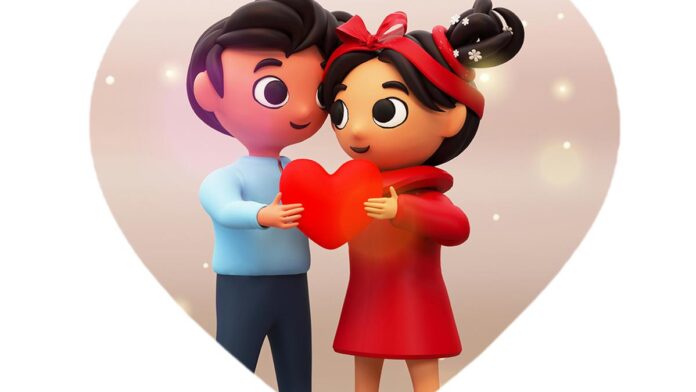
The beginning of life’s journey does not in any way predict the outcome.
| Photo Credit: Special Arrangement
“You mean your parents decide who you are going to marry and spend the rest of your life with? Sounds crazy,” commented my American friend.
“It is time to start looking for an alliance for your daughter; nowadays, the trend is to go for love marriage,” whispered my elderly aunt — a statutory warning she issues twice a week, right from the day my daughter started going to college. Let us for the moment keep away from the fight between the horoscope-wielding conservatives and the romantic valentines and look at some statistics.
With divorce rates gradually mounting, two out of every five marriages today end up in divorce, shows a study published in the journal Neuroethics in 2008. For the first time in the world, divorce has replaced death as the most common cause for end of a marriage. Most marriages break up between five and nine years, leaving children vulnerable to the social trauma at a crucial phase of their development. So, is it not vital to choose a correct path to start a family? Surprisingly, the answer turns out to be negative.
Cut to the central American grassland, called prairie, home to a small rodent, the prairie vole, closely related to rats and mouse. For long, farmers had noted that prairie voles were unusual in that they tended to get caught in traps in pairs, unlike other rodents. Also, when one partner got caught, the other refused to run away. Professor Lowell Getz of the University of Illinois was the first to point out that the prairie vole is monogamous (strives to live their life with one partner). It is surprising because just about 3% of all mammals are monogamous. Even the meadow vole, a close cousin of prairie vole, is polygamous.
Chemical bonds
Today, we understand that a large part of our emotion and behaviour is controlled and governed by an array of chemicals in our brain, called neurotransmitters, that transmit signals across neurons. A rise of dopamine happens during love at first sight, followed by an increase in serotonin (happy hormone). Oxytocin, the bonding hormone that spikes in the mother during childbirth and nursing, slowly increases as the long-term relationship between partners progress.
The monogamous prairie vole gave scientists a chance to see what happens in the rodent brain in “pair-bonding”. The results blew their mind. The neuronal hormones that created a strong pair-bonding was different from dopamine, serotonin or oxytocin, the ones that we thought were fundamental in nurturing a relationship. For example, concentration of an odd neurotransmitter such as vasopressin (a hormone in kidney that regulates water excretion) were abundant in specific areas of brain in the monogamous prairie vole as it pair-bonded, but not in the polygamous meadow vole.
When a vole met a potential mate, the neurotransmitter spike was similar — a heady mix of dopamine, serotonin and oxytocin. But once pair-bonded, the monogamous rodent’s chemistry changed. It proved that neurochemistry of “pair-bonding” was different from physical attraction in the monogamous rodent (Scientific American, February 2023).
It does not matter whether or not the couple met each other for the first time at a party or the man proposed to the woman with a diamond ring at a candlelight dinner or had the first proper glimpse of her inside a temple 30 seconds before he tied the mangalsutra with trembling hands, under the watchful eyes of his parents. None of it influences long-term pair-bonding. The beginning of life’s journey does not in any way predict the outcome.
Pair-bonding does not depend on the number of love letters one wrote.
A pair-bonded prairie vole does not leave its mate, even when its partner gets caught in a trap. The human counterpart asks for legal help to get rid of one. Baking pizza together on Valentine’s Day spikes dopamine and thrills. But the exact nature of neurohormone that cements the human pair is still under research.
#pairs #bond #life
